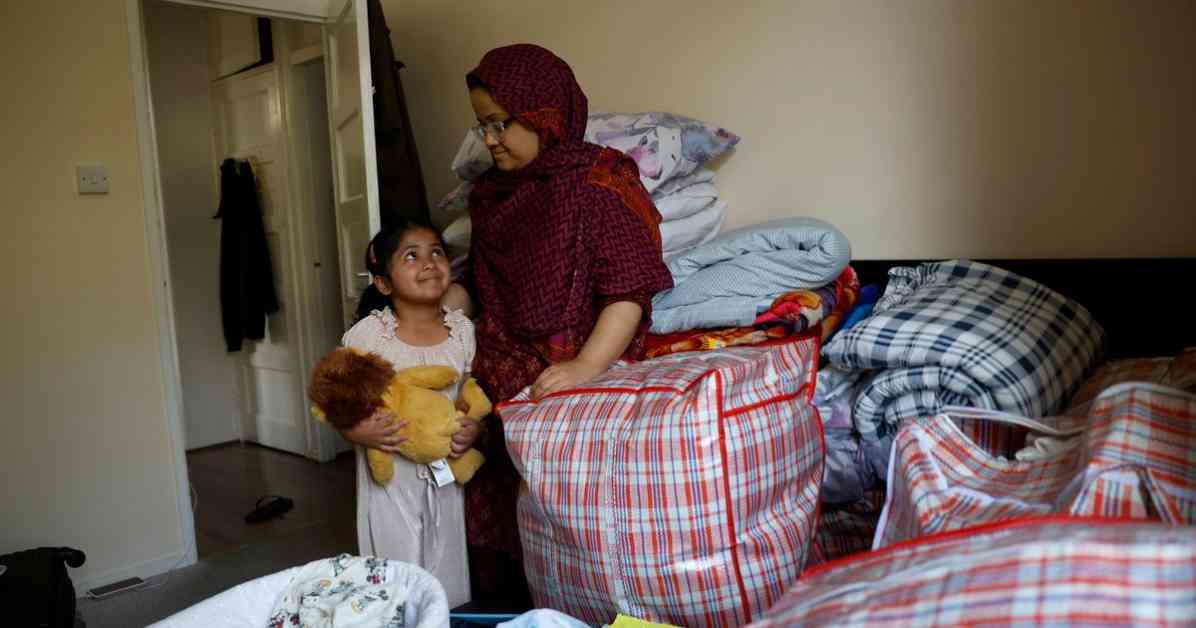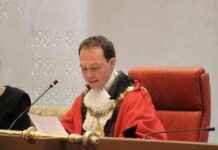Khadija Siddeka and her three children have been enduring a nightmare for the past two years as they battle a bed bug infestation in their home on The Nags Head estate in Tower Hamlets. Despite their efforts, the family has been forced to sleep in the living room, with their bedrooms stripped back to the mattresses and their clothes stored in laundry bags to prevent further infestation. Khadija’s children wake up with red, itchy rashes, a clear indication that the bed bugs are still present in their living space. Their landlord, Peabody Trust, initially refused to address the issue, claiming they do not handle bed bug infestations.
Working alongside The Nags Head Tenants Association, a group of residents formed during lockdown to address shared living conditions, Peabody finally agreed to treat the beds. However, Khadija’s concerns about the presence of mould in their home have also gone unaddressed. She suspects that her children’s allergic reactions and skin rashes may be linked to mould exposure, as they have been dealing with damp and mould issues alongside the bed bug infestation. Despite having their walls treated, Khadija believes that the underlying mould problem has not been properly resolved, leading to ongoing health issues for her family.
Peabody Trust has acknowledged the poor conditions in the estate and has committed to addressing immediate problems while planning long-term investments to improve overall living conditions. However, residents like Khadija and her family continue to face health risks due to unresolved issues such as mould and pest infestations. With the support of Medact, a charity advocating for public health, residents are seeking legal action against Peabody to hold them accountable for the substandard living conditions on the estate.
Subheadings:
### The Impact of Mould on Indoor Air Quality
Mould is a common issue in many homes, especially in areas with high humidity or water damage. It can pose serious health risks, particularly for individuals with respiratory conditions or allergies. In Khadija’s case, she believes that her children’s persistent skin rashes may be a result of their exposure to mould in their home. The presence of mould not only affects the physical health of residents but can also contribute to mental health issues, as seen in the case of Simon Pearce, who developed anxiety and depression due to the ongoing battle with mould and damp in his home.
### The Role of Landlords in Maintaining Indoor Air Quality
Landlords have a responsibility to provide safe and habitable living conditions for their tenants. In the cases of Khadija, Simon, and other residents on The Nags Head estate, their landlords have failed to address issues such as mould, pest infestations, and structural damage that impact indoor air quality. This neglect not only jeopardizes the health and well-being of residents but also highlights systemic issues within the housing sector that prioritize profit over people.
### Community Action and Advocacy for Better Living Conditions
Residents like Kevin Biderman, co-chair of The Nags Head Tenants Association, have taken a stand against the poor living conditions on the estate. Through community organizing and advocacy efforts, residents are demanding accountability from their landlords and seeking legal recourse to address the health hazards they face. By coming together and raising their voices, residents are working towards a safer and healthier living environment for themselves and future generations.
Khadija, Simon, and other residents on The Nags Head estate are not alone in their struggles with poor living conditions and health risks. Many individuals across London and beyond face similar challenges due to neglectful landlords and inadequate housing standards. It is essential for residents to advocate for their rights, seek support from community organizations, and hold landlords accountable for maintaining safe and healthy living spaces. Only through collective action and sustained efforts can meaningful change be achieved for all residents living in substandard conditions.












